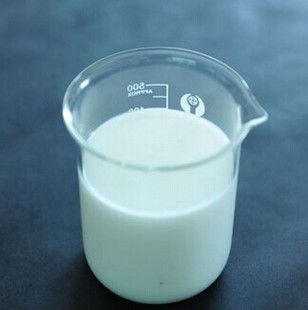Rubber adhesive is a type of rubber adhesive that has good bonding properties to various substances, and Adhesive with strong initial adhesion. At the same time, the elasticity of rubber has an excellent buffering effect on the volume shrinkage of materials with different expansion coefficients, and on impact and vibration. Therefore, it can be used to prepare adhesives.
1. Neoprene adhesive
Neoprene is an addition polymer of 2-chloro-1,3-butadiene . The adhesive made of chloroprene rubber is referred to as chloroprene adhesive. Due to its high crystallinity, high polarity and excellent adhesion, it is the most widely used rubber adhesive. Its dosage Accounting for more than 70% of the total amount of synthetic rubber adhesives.

(1) Types of neoprene adhesives
①Contact adhesive is generally polymerized with high crystallinity AC type or AD type chloroprene It is composed of alkyl-substituted phenolic resin, zinc oxide, magnesium oxide and antioxidants and other additives are added, and aliphatic hydrocarbons, aromatic hydrocarbons, ketone or ester solvents are used to prepare the solution.
②AF adhesive The AF type polymer of neoprene contains hydroxyl groups. The temperature of hydroxyl and rubber mastic must be controlled below 25°C to prevent reactions with additives and magnesium oxide. In addition, if only aromatic hydrocarbon solvents are used, the solution will produce stringing, so a small amount of water must be added to the mix.
③HC adhesive Neoprene HC polymer is highly crystalline. If a polymer heated to 70°C is cooled and kept at room temperature, its hardness will increase rapidly within a few minutes, while other types of chloroprene rubber will take at least two hours to completely crystallize. HC polymer hardly softens below 50°C, but softens rapidly when it exceeds 50°C, and has low viscosity when melted at high temperatures. These characteristics indicate that it is particularly suitable for making heat-sealing adhesives.
(2) Advantages and Applications of Neoprene Adhesives Neoprene Adhesives have the following advantages:
①has excellent flexibility;
② Good oil resistance and chemical resistance, non-toxic or low-toxic, non-flammable;
③Good anti-aging performance;
④ Because it contains polar groups, it has high bonding strength and a wide range of applications;
⑤ Generally, vulcanization is not required, and it can be made into a one-component adhesive, which is easy to use. .
Neoprene rubber adhesive has excellent flame resistance, ozone resistance, aging resistance, oil resistance, Resistant to water, solvents and chemicals, it is widely used in construction, shoemaking, electronics, textiles, automobiles, shipbuilding, etc.
Neoprene rubber adhesive application requires a clean site, no dust, and the adherend is dry , no oil stain, and the glue coating temperature is within 15~35℃. Relative humidity is less than 80%, pressurize appropriately.

 微信扫一扫打赏
微信扫一扫打赏

